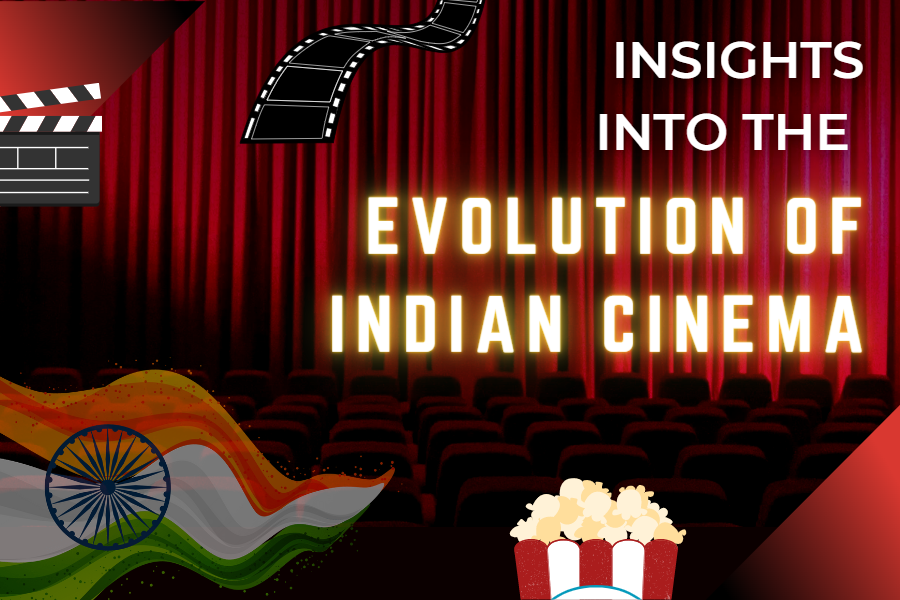
What are today great movies with plenty of songs and enormous budgets were originally modest black-and-white silent movies with only four reels that required the filmmaker to occasionally reposition the theater projector (and to think how Netflix buffering sounds like a major annoyance now!).
A fellow artist who later became a cinematographer, Dadasaheb Phalke, had the lofty goal that "Indians need to see Indian movies in the Indian Cinema." 'Raja Harishchandra,' a silent Marathi full-feature movie with mythological themes, was India's first feature film and is frequently referred to as the 'Father of Indian Cinema.
His legacy and vision are still carried on today by the Govt of India's coveted "Dadasaheb Phalke Award," granted annually to those who have made outstanding contributions to the world of cinema. You can find these movies in an Indian film industry app.
The sound might make movies much more exciting and engaging as technology develops. The first "talkie," or motion picture that used voice and audio was Ardeshir Irani's 1931 film Alam Ara (The Light of the World).
It's also fascinating to note that most movies at this time have historical themes. They were about grandeur and displayed the distinctive magnificence of the Pre-British Raj, and they were primarily an effort, a pleading, and a triumph of the unconquerable spirit. Cinema evolved into a mild form of escape from the turmoil of the independence struggle, the World Wars, and general existential angst.
The film had numerous songs and routines and was a fashion drama about two rival queens.
The grim truth is followed by a rebirth and commemoration of the life and all it has to give, as it does with any historical catastrophe. Similar circumstances applied to Indian cinema, which entered its "Golden Age" in the 1950s and saw an increase in both producers and films. The use of color was one of the main causes of this. The dull, monochromatic movies were suddenly given a colorful makeover.
By producing films that spoke to the audience's realities, South Indian cinema significantly contributed to the revival of artistic expression. One film that delves into concerns of socio-economic inequity with wry humor is Jeevita Nauka, The Boat of Life. You can view this in a film app.
The Angry Young Man in the Bollywood movie industry of the 1960s and 1970s quickly replaced the love-struck hero. Violence was given preference over love, romance by realism, and acts by feelings. With his roles in movies like "Namak Haraam," "Agneepath," "Shahenshah," and others, iconic actor Amitabh Bachchan promoted and, to be completely honest, popularized the rupture from the conventional mold of a cinema hero.
Actors like Mithun Chakraborty and Anil Kapoor further contested the "Angry Young Man" cliché. The most notable movie to come out during this time was Ramesh Sippy's "Sholay," which significantly impacted the development of Indian film history. You can find these in a good Bollywood industry app.
Lastly, the fabled 1990s. We grew up viewing 90s movies or watching their repeats on Channel Max so that most people would be acquainted with this one decade of film. The 1990s were a time for romance, entertainment, and, unquestionably, Shah Rukh Khan.
With its Bollywood adaptation of the "Romeo-Juliet" story, the 1988 movie "Qayamat Se Qayamat Tak" rescinded the notion of love at first sight. Bollywood showed us that there is no way to declare your love but to do so through music. Films like DDLJ and Kuch Kuch Hota Hai established a precedent (and standard) for how passion is portrayed on screen as romance musicals gain attention.
Like that, the development of Indian film has accelerated along with the introduction and growth of broadcasting on OTT platforms. But it is a terrific reminder of the significance movies hold in our lives as we experience one of the greatest upheavals in human history.